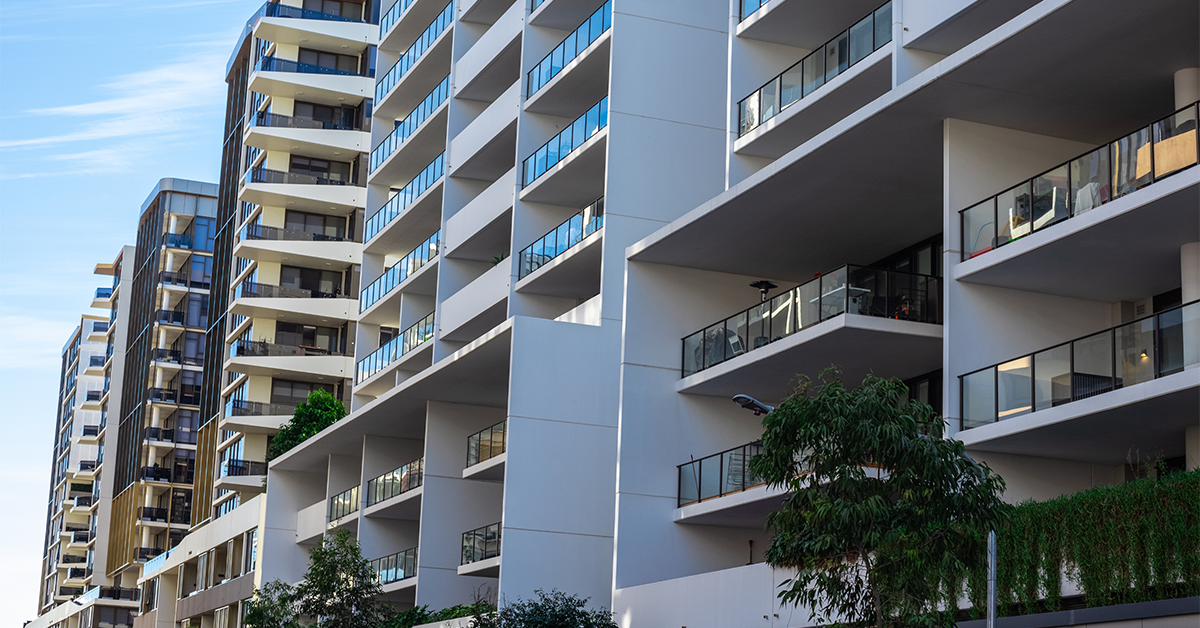- No products in the cart.


“The pace of increase in rents remains at its slowest in 25 years,” said Shane Garrett, Chief Economist of Master Builders Australia.
“Todays’ ABS inflation data show that over the year to September 2018, rents increased by just 0.6%. The last time we saw a smaller increase in rental prices was back in late 1993,” he said.
“Rents have been increasing at a much weaker pace than both wages and general inflation over recent years,” Shane Garrett said.
“For the 30% of Australian families who rent their homes, the near absence of rental price rises is of course welcome,” he said.
“The environment of very low and stable interest rates has made it less costly for investors to provide accommodation to the rental market,” Shane Garrett said.
“Current arrangements around Negative Gearing and the Capital Gains Tax discount are also crucial to ensuring that a large enough supply of rental accommodation makes it onto the market from year to year. Introducing any restrictions here could cause shortages of rental accommodation to develop,” Shane Garrett said.
There is considerable variation in rental price inflation across Australia’s eight capital cities. Over the year to September 2018, Hobart rents saw the largest increase (+4.5%), followed by Canberra (+3.0%). Rents also rose in Sydney (+1.9%), Melbourne (1.8%) and Adelaide (+0.8%) over the same period.
Perth rents saw a sharp decline over the year (-6.1%) with rents also falling in Darwin (-4.6%) and Brisbane (-0.1%) over the same period.

